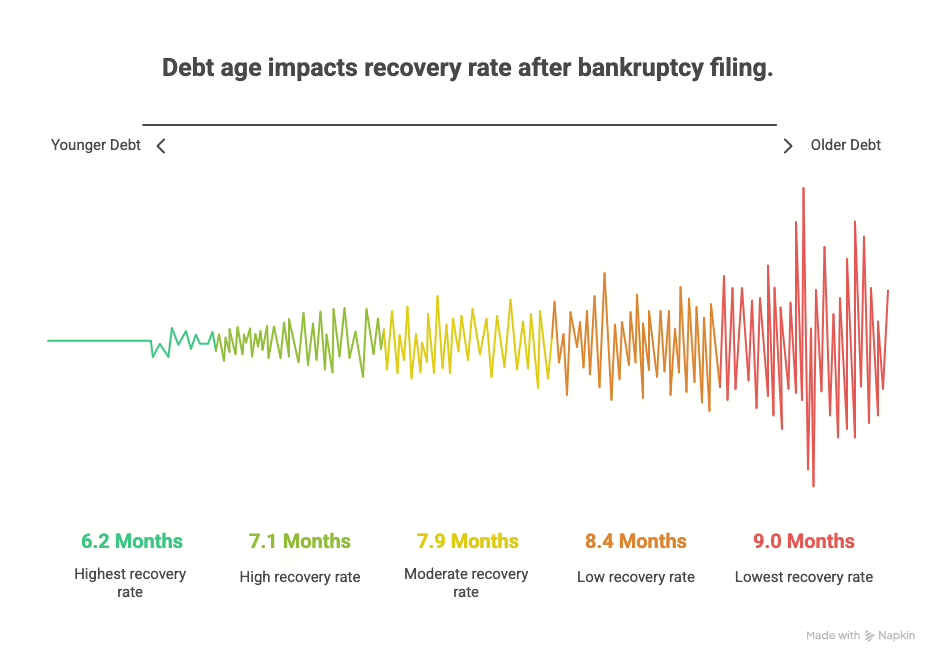Forbearance is a financial arrangement where a lender temporarily suspends or reduces loan payments, relieving borrowers facing financial hardship. This practice is prevalent across various sectors, including mortgages, student loans, and business financing, serving as a crucial tool for both borrowers and lenders to navigate temporary economic challenges.
Understanding Forbearance
In essence, forbearance allows borrowers to pause or decrease their loan payments for a specified period. It’s important to note that forbearance doesn’t erase the debt; instead, it offers a temporary reprieve, with the expectation that the borrower will resume full payments in the future. During the forbearance period, interest often continues to accrue, which may increase the total amount owed over time.
Forbearance in the Mortgage Industry
In the mortgage sector, forbearance has been a critical resource for homeowners experiencing financial difficulties. For instance, during the COVID-19 pandemic, many lenders provided forbearance options to borrowers impacted by economic disruptions. These agreements allowed homeowners to pause or reduce their mortgage payments temporarily, helping them avoid foreclosure during uncertain times. For more detailed information, visit the Consumer Financial Protection Bureau.
Forbearance Agreements in Business Financing
For businesses, entering a forbearance agreement can be a strategic move to manage financial distress. Such agreements involve negotiations between the borrower and lender, where the lender agrees to refrain from taking legal action despite the borrower’s default, provided certain conditions are met. This arrangement offers the business time to restructure its operations and work towards meeting its obligations without the immediate threat of asset seizure or legal repercussions. Insights on this topic can be found in this article: Forbearance Agreements in Fund Finance.
Legal Considerations and Best Practices
Engaging in a forbearance agreement requires careful consideration and clear communication between both parties. The terms should be explicitly outlined, including the duration of the forbearance, any changes to the interest rate, and the repayment plan post-forbearance. Borrowers should seek legal counsel to fully understand the implications and ensure that the agreement aligns with their financial recovery plans. For further reading, see Using Forbearance Agreements in the New Normal.
Conclusion
Forbearance serves as a vital mechanism in the financial landscape, offering temporary relief to borrowers while providing lenders with an alternative to pursuing default remedies. For individual mortgages or business loans, forbearance agreements can facilitate financial stability during challenging periods, fostering a cooperative debt management and recovery approach.
Reading about solutions is a great first step — now, let’s take action. At Burt and Associates, we help businesses recover overdue accounts with a respectful, results-driven approach to commercial debt recovery.
From navigating tough client situations to improving recovery rates through proven methods like forbearance, our team supports your next move.
Let’s build a recovery plan tailored to your business.
Let's Work Together to Optimize Your Business!
At Burt and Associates, we specialize in business-to-business (B2B) debt collection, prioritizing strong business relationships and tailored ethical recovery practices. Choose the approach that best fits your needs, and let’s take the first step toward improving your cash flow.
If you’re ready to discuss your overdue accounts and explore customized solutions, schedule a free consultation with one of our experts.
Schedule an Appointment.
Commercial Collection Topics
- The Power of Amortization for Small Businesses: Unlocking Financial Stability Discover how partnering with Burt and Associates can streamline your financial close process. Our ethical, tailored debt collection strategies help...
- 8 Small Business Trends Running a small business requires a focus on the present daily operations. With time restraints looking ahead becomes difficult....
- Debt Service Coverage Ratio In brief, Debt-Service Coverage Ratio (DSCR) is a rating method for a business’ cash flow that they can use to...
- November Budget Checks: Preparing Your Business Clients for Year-End Financial Reviews As November arrives, many businesses shift their focus from Q4 sales targets to year-end financial reviews. For B2B companies, this...














